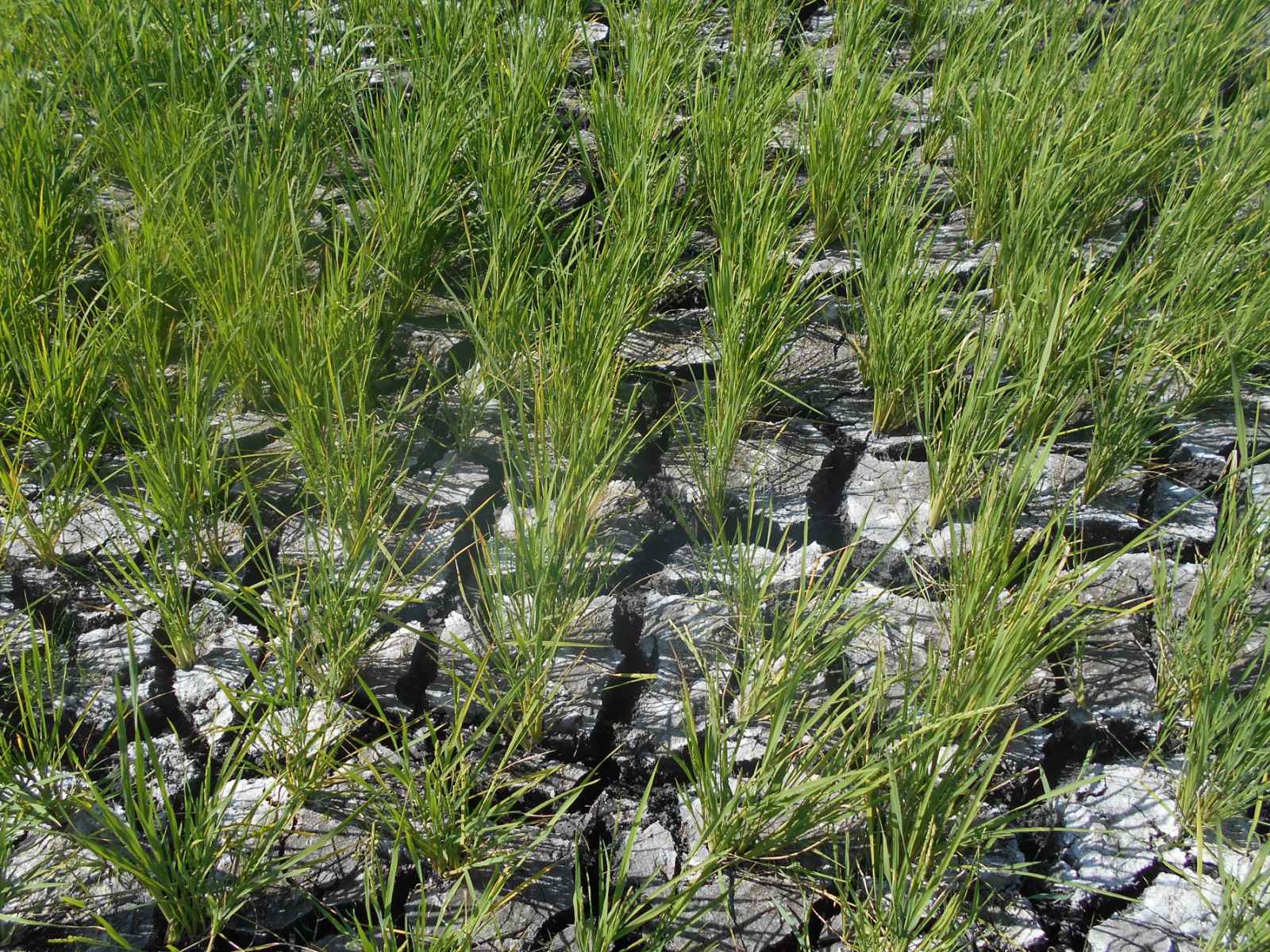
By Brian Jules Campued
Filipinos are advised to prepare for the possible effects of the impending El Niño, which is expected to persist until March to May 2024, the Philippine Atmospheric Geophysical and Astronomical Services Administration (PAGASA) said.
“Ayon sa prediksiyon ng PAGASA, [may] possibility na mas iinit ang temperatura natin during the warm and dry season months,” PAGASA Assistant Weather Service Chief Ana Liza Solis said in an interview in Bagong Pilipinas Ngayon.
The so-called warm and dry season usually occurs between the months March to May.
According to Solis, who also serves as the Climate Monitoring and Prediction Section Chief of the weather bureau, the said months are likely to be one of the warmest seasons on record due to the El Niño.
Temperatures could exceed 40 degrees Celsius in some parts of the country such as the Cagayan Valley Region.
While in the National Capital Region, a meteorological dry spell or drought will be experienced as early as February.
“For three or five consecutive months, around 21% to 60% yung possible na reduction sa tubig-ulan sa Metro Manila,” Solis added.
She also said that while the agency is implementing a whole-of-nation and whole-of-government approach in tackling the effects of El Niño, the public is still urged to follow some measures such as the conservation of water and electricity as well as taking care of their body in preparation for warmer temperatures.
Possible Below-Average Typhoons
The weather bureau also predicted a below-average number of tropical cyclones that could develop or enter the Philippine Area of Responsibility at 13 to 19 typhoons.
“Dahil may iiral na El Niño sa first to second quarter, around two to five na bagyo lang. And pagdating ng July to December, yung nakikita nating taya ng bilang ng bagyo is around 11 to 14,” Solis continued.
Meanwhile, the rainy season is still expected to start during the second half of May to the first half of June.
Solis also explained that the public felt a seemingly long rainy season from 2020 to 2023 because of a weather phenomenon called “triple-dip” La Niña which resulted in an increased amount of rainfall during the last quarter of the previous years. – avds
